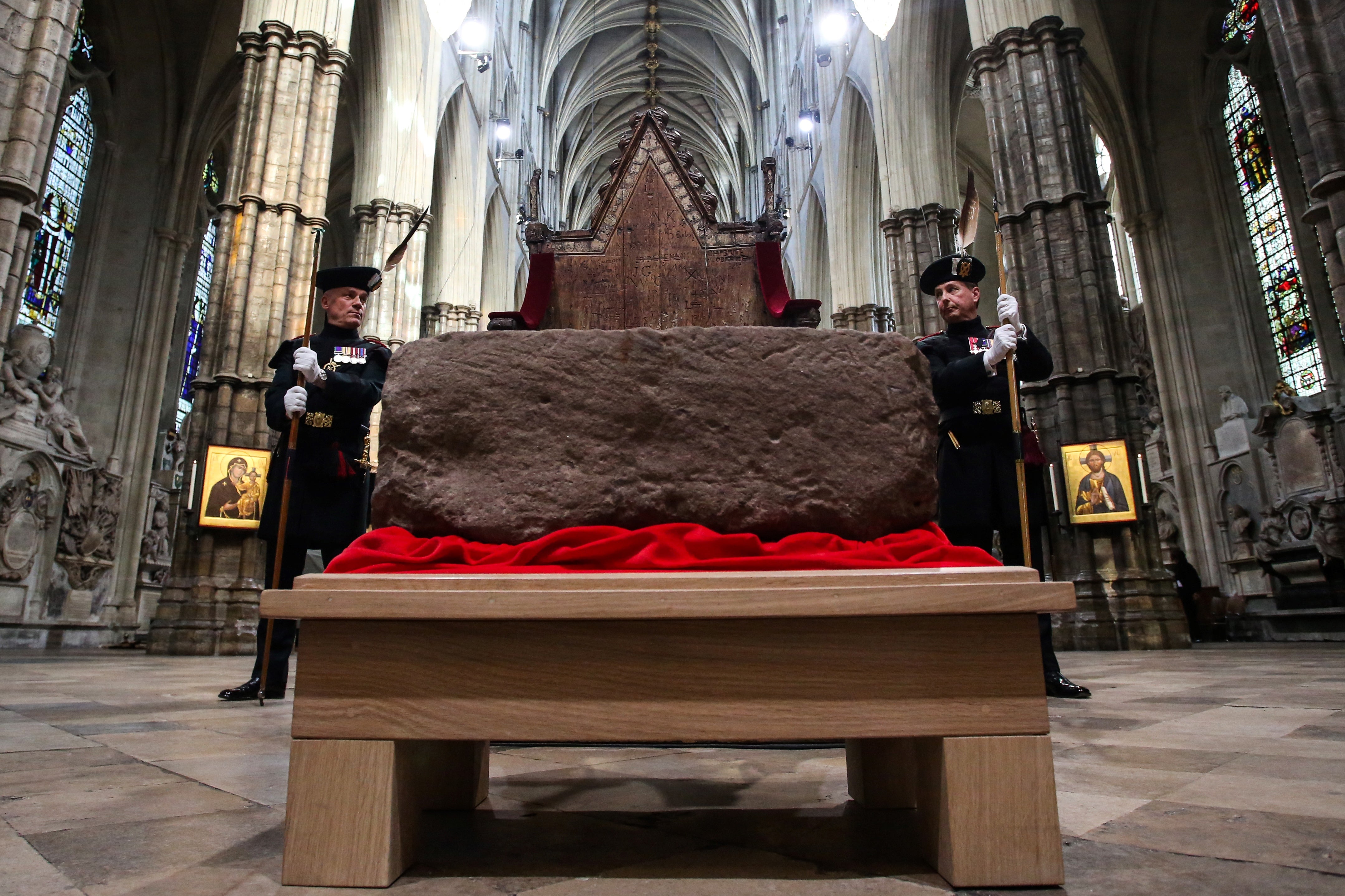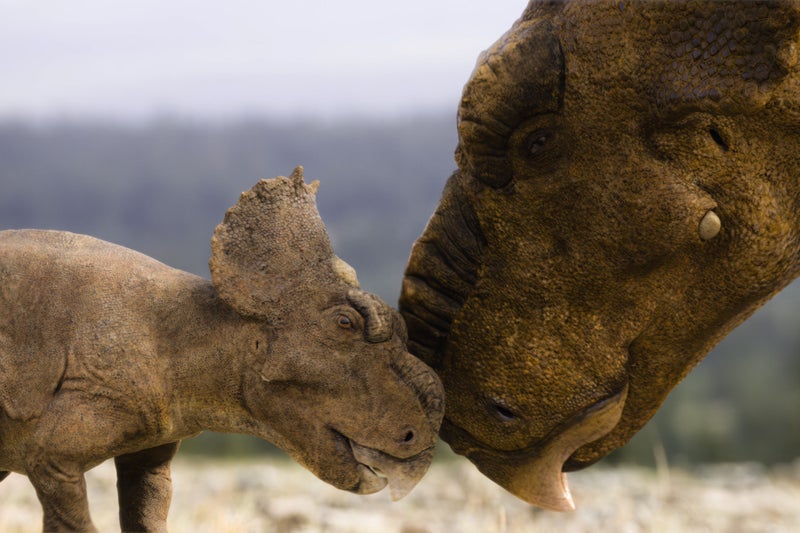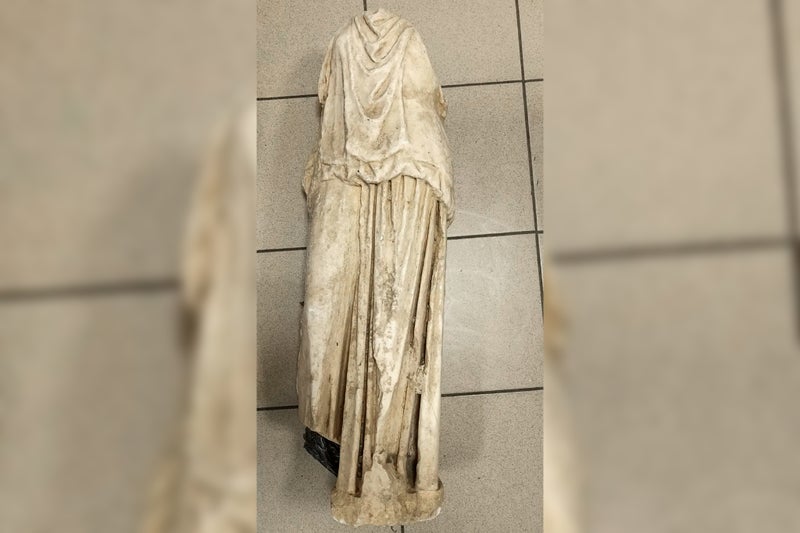‘The hair stands up’: citizen archaeologists unearth ancient treasures in Scotland
Share:
Members of the public are helping to sustain digs across the country, even as volunteering declines. They were moving forward in a line across the 10 sq metre trench, volunteer excavators elbow to elbow with academics, and Joe Fitzpatrick was at the far edge.
![[Libby Brooks]](https://i.guim.co.uk/img/uploads/2023/01/24/Libby_Brooks.png?width=75&dpr=1&s=none&crop=none)
He was digging around the hearth of a building, about 60cm (2ft) below surface level, when he hit the earth twice with his mattock and out it popped – a rare bronze spear butt, a metal fitting placed over the end of a wooden shaft to counterbalance the spear head. Covered in Pictish inscriptions, it had remained buried for more than one and a half millennia, and was one of the most groundbreaking archaeological discoveries of 2024 in Scotland.
“The hair stands up on the back of your neck and you tingle,” says Fitzpatrick, of the moment he realised the significance of the find. “It is special.”. Fitzpatrick, who has always had a passion for history, got involved with the regular community dig at the site of the East Lomond hillfort, beside the village of Falkland in Fife, as a retirement activity.
He was working next to ProfGordon Noble, the head of archaeology at the University of Aberdeen, who was leading the dig: “We just looked at each other,” Fitzpatrick recalls. “Two men with their jaws hanging open, dumbfounded.”. He helped unearth the artefact in July, during excavations organised by the Falkland Stewardship Trust and the University of Aberdeen, which bring together members of the public and students to help uncover settlement remains dating from around the second or third century AD to around AD700.






















